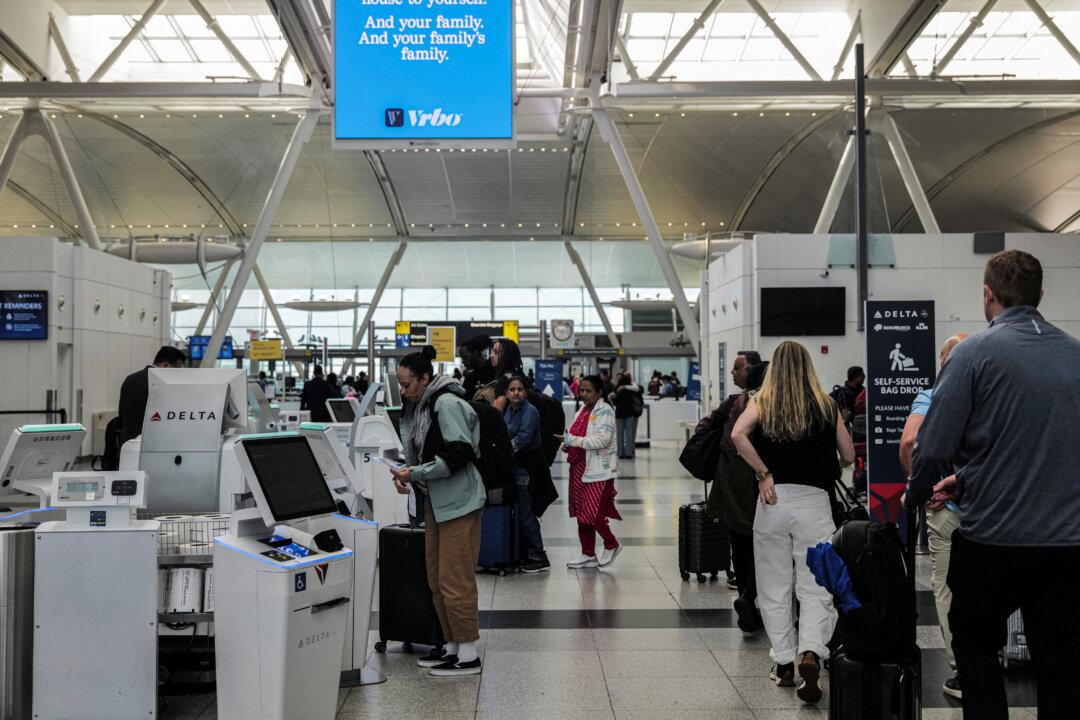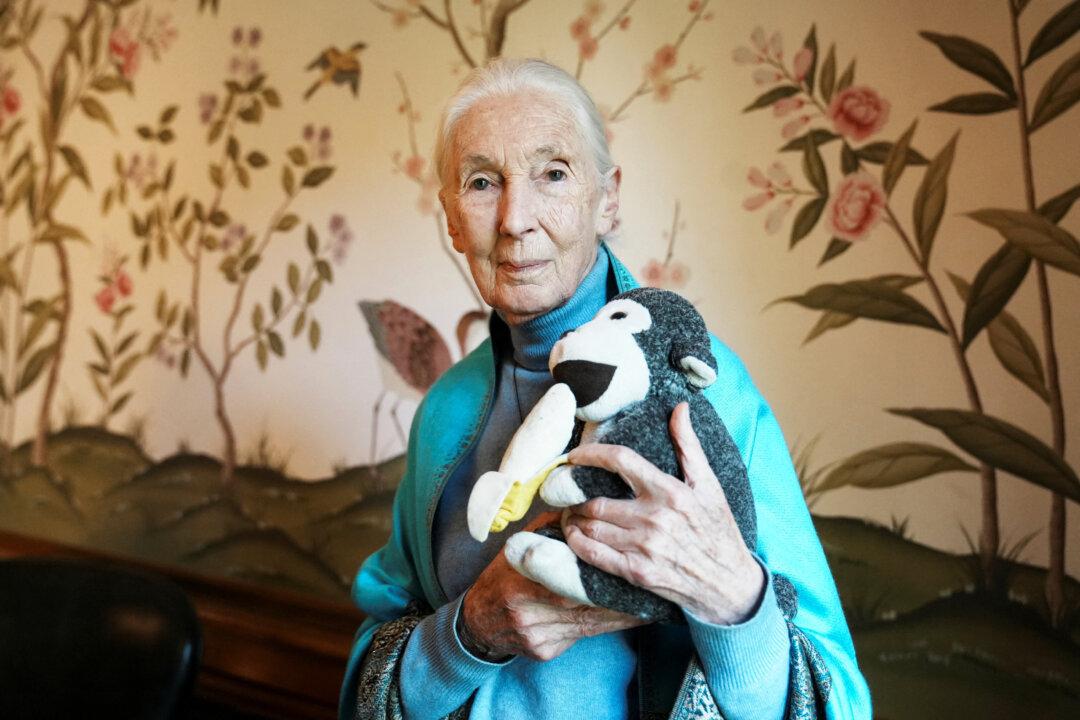HONG KONG—Tens of thousands of protesters poured into one of Hong Kong’s busiest shopping districts on Aug. 18, braving a downpour to join a rally in the eleventh week of what have been often violent demonstrations in the Asian financial hub.
Sunday’s heavy turnout indicated that the movement still has broad-based support despite the ugly scenes witnessed during the past week when protesters occupied the city’s airport, for which some activists apologized.





